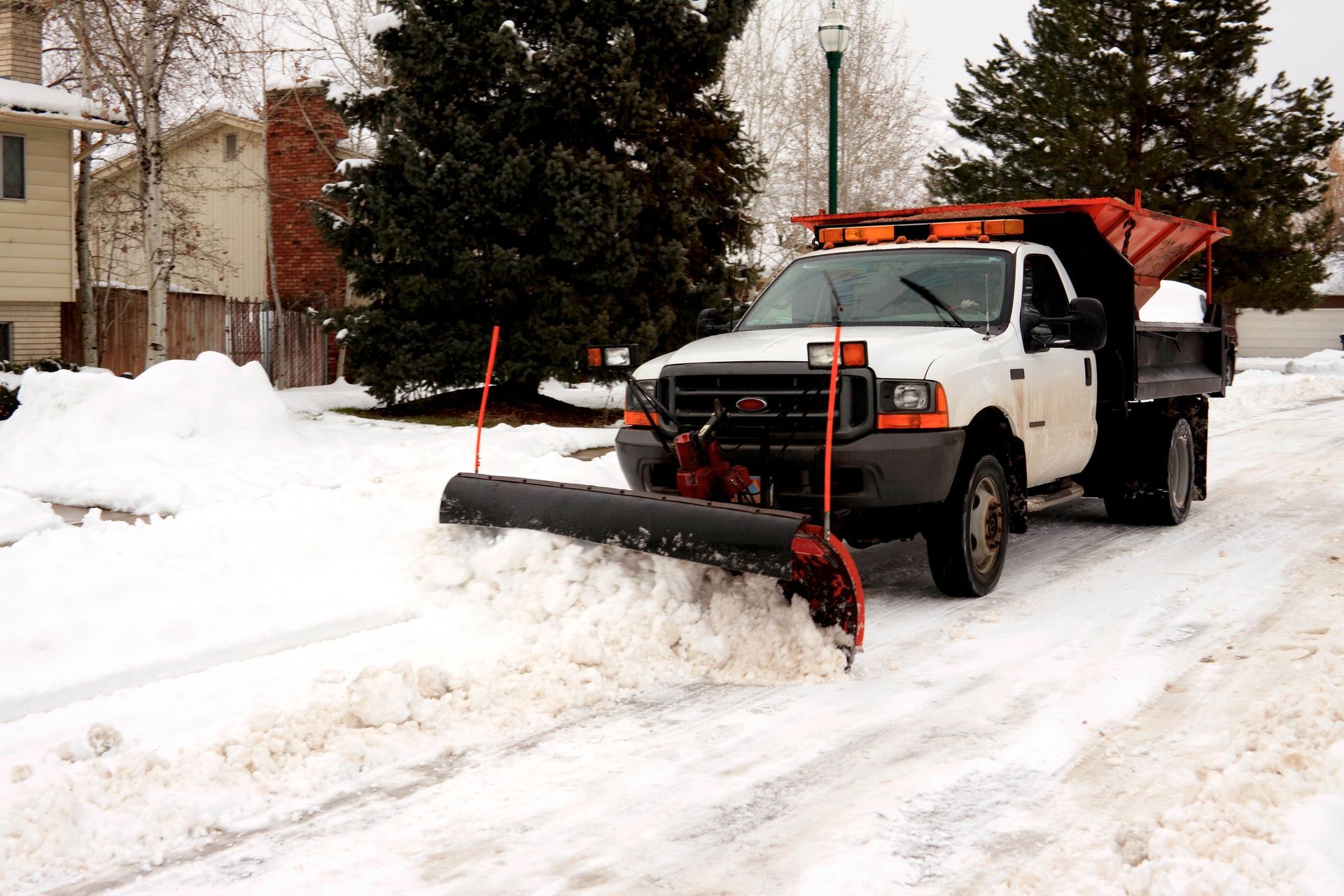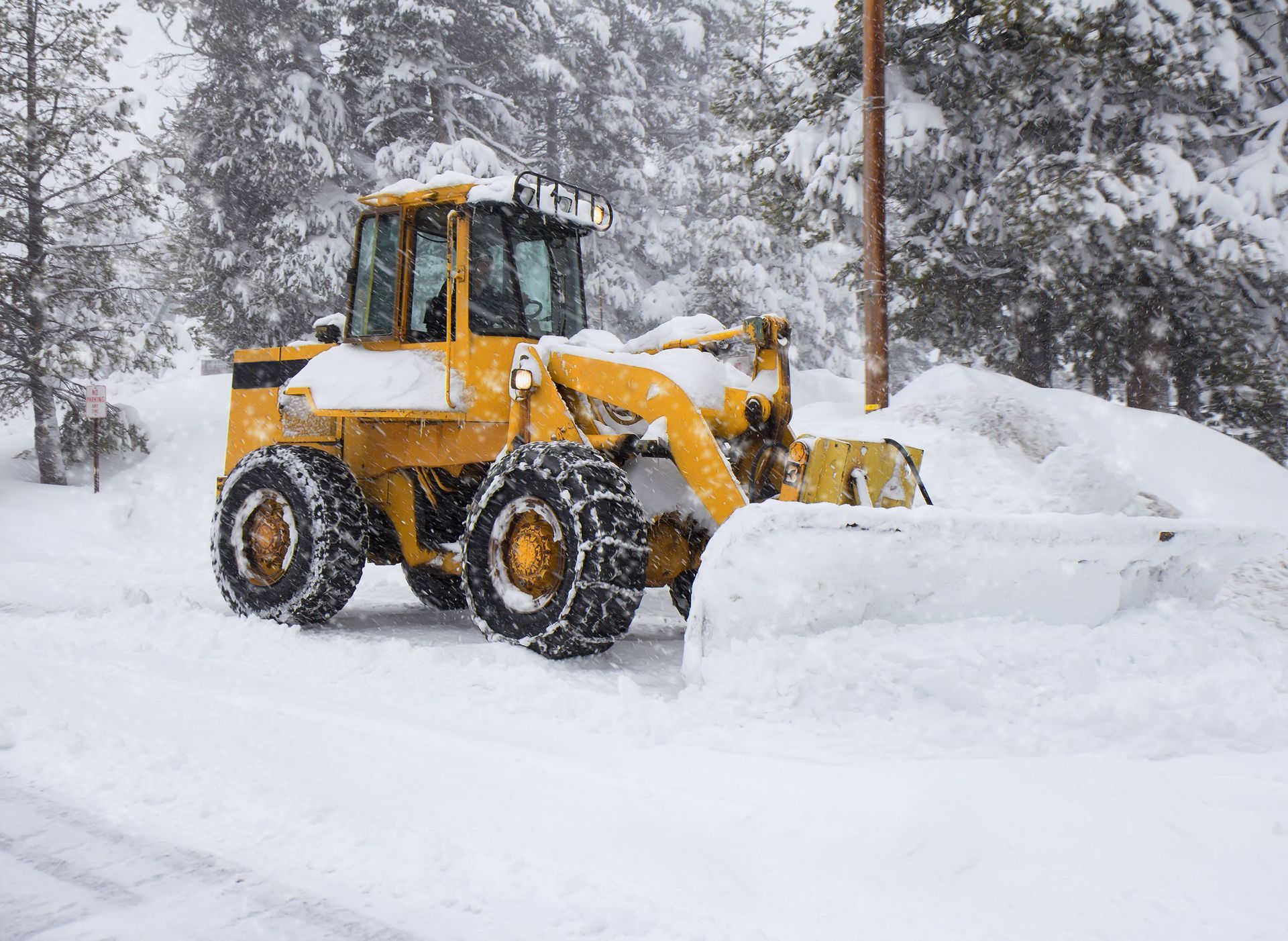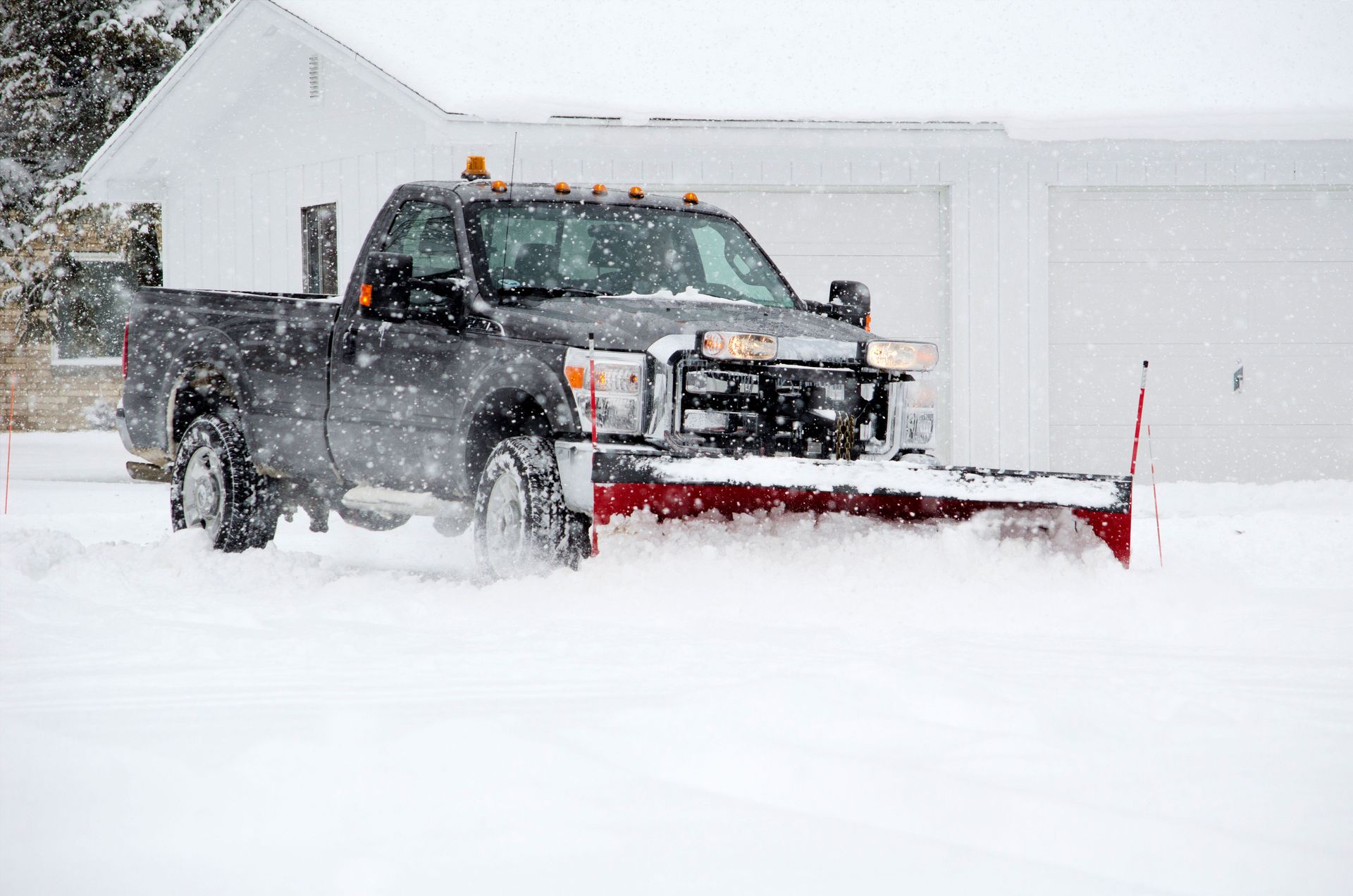September 26, 2025
Snow plowing is one of the most critical responsibilities for property managers in regions that experience heavy winter weather. Managing snow effectively is not just about clearing pathways and parking lots; it’s about maintaining a safe environment for employees, tenants, and visitors. When snow accumulates, the risks of slips, falls, and vehicular accidents increase dramatically. Winter weather can make even simple tasks challenging, and without proper preparation, snow removal operations can become chaotic and hazardous. Successful snow plowing requires a strategic approach, incorporating planning, resource allocation, and ongoing evaluation to ensure that properties remain accessible and safe throughout the season.
Understanding Weather and Preparing for Snow
Proper snow plowing begins with a thorough understanding of weather conditions. Monitoring forecasts and staying aware of potential storms allows property managers to anticipate snowfall and plan resources accordingly. Historical weather patterns are particularly useful for predicting peak snowfall periods, helping managers decide when additional staff or equipment may be necessary. Knowing when heavy snow or ice is likely to occur can prevent delays, reduce accidents, and keep properties accessible at all times. Weather alerts, such as winter storm warnings, provide critical information that influences operational decisions, including when to deploy or hold back snow plowing teams. According to the Occupational Safety and Health
Administration (OSHA), winter hazards like ice-covered surfaces and poor visibility contribute to increased workplace slips and falls, accounting for 15% of all general industry accidents during winter months. Recognizing and responding to these alerts is crucial for worker safety and property protection.
Property managers should also consider leveraging modern technology to enhance preparedness. Weather apps, GPS tracking, and automated alerts can provide real-time updates and forecasts, allowing managers to deploy snow plowing crews efficiently. Integrating digital tools into snow management operations ensures faster response times and better coordination. Staying informed and using accurate data helps avoid unnecessary delays, ensures safe working conditions, and allows snow plowing efforts to be carried out more effectively. This proactive approach minimizes risks while maximizing operational efficiency during winter storms.
Maintaining Snow Removal Equipment
Reliable snow plowing depends on well-maintained equipment. Regular inspections are essential to ensure that plows, trucks, and other machinery operate safely and efficiently. Property managers should develop maintenance routines that include checking tires, brakes, hydraulics, lights, and overall mechanical functionality. Catching potential issues early prevents breakdowns during snow plowing operations, which could cause dangerous delays or accidents. In addition to mechanical inspections, keeping equipment clean is equally important. Snow, ice, and road salt can accelerate wear and tear, so regular cleaning helps maintain performance and extend the life of machinery.
Scheduling preventive maintenance and addressing repairs promptly are crucial for uninterrupted operations. A well-organized maintenance plan reduces the likelihood of equipment failure during critical snow plowing periods. Keeping spare parts and essential supplies on hand, such as blades, tires, and fluids, ensures that minor repairs do not halt operations. Comprehensive training for staff on equipment usage further enhances safety and efficiency. Well-trained operators are more confident, reduce the likelihood of accidents, and handle snow plowing equipment more effectively. Investing time and resources into equipment maintenance is a long-term strategy that ensures reliability, safety, and operational success during winter months.
Ensuring Worker Safety
Worker safety is a top priority during snow plowing operations. Exposure to cold, slippery conditions can lead to accidents, frostbite, or fatigue, so proper winter gear is essential. Workers should be equipped with thermal clothing, waterproof jackets, gloves, and non-slip boots to protect against the elements. According to OSHA, providing appropriate protective gear significantly reduces the risk of injuries related to slips and falls. Safety training programs further prepare employees for the unique challenges of snow plowing. These programs should cover equipment operation, hazard recognition, and emergency protocols, ensuring that workers are confident and capable in their roles.
Scheduled breaks and monitoring worker well-being are also essential aspects of safe snow plowing operations. Continuous physical labor in cold conditions can quickly lead to fatigue, increasing the likelihood of mistakes or accidents. Structured rest periods allow employees to warm up, rehydrate, and recover, maintaining focus and reducing injury risk. Property managers should also encourage open communication about health concerns, creating a supportive environment where staff feel comfortable reporting fatigue or minor injuries before they escalate. A proactive approach to worker safety not only protects employees but also ensures the effectiveness and continuity of snow plowing operations.
Developing Efficient Snow Plowing Strategies
Strategic planning is essential for effective snow plowing. Property managers should map out plow routes in advance, prioritizing high-traffic areas, entrances, and emergency access routes. Well-organized routes prevent unnecessary overlaps, missed areas, and wasted time. Integrating salt and de-icing solutions into the snow management plan further enhances safety, reducing ice accumulation on walkways, parking lots, and roadways. Understanding the proper application and timing of these materials helps prevent accidents and maintains accessibility for tenants and visitors.
Coordinating with local municipalities can improve the efficiency and effectiveness of snow plowing. By aligning property-level snow management with city or county road-clearing operations, managers can avoid duplication, optimize resources, and enhance safety for the broader community. Evaluating the effectiveness of snow removal strategies after each snowfall also contributes to continual improvement. Gathering feedback from staff, tenants, and service providers helps identify areas for refinement, ensuring snow plowing operations evolve and adapt to changing conditions throughout the winter season.
Understanding Legal Responsibilities and Liabilities
Property managers must be aware of their legal responsibilities related to snow plowing. Compliance with local snow removal laws, including timely clearing and maintaining safe access, is essential to reduce liability in the event of accidents. Documentation of snow plowing activities is equally important. Keeping detailed logs of operations, maintenance, and material usage provides clear evidence of diligence and adherence to safety protocols. Proper record-keeping protects property managers from potential claims and demonstrates a commitment to maintaining a safe environment.
Assessing risks and understanding property-specific obligations are also key to effective snow plowing. Each property has unique characteristics, from layout to tenant needs, requiring tailored snow management plans. Evaluating potential hazards and establishing protocols for accidents or emergency situations ensures preparedness and minimizes the impact of unforeseen events. A comprehensive approach to risk management enhances both safety and operational efficiency, supporting successful snow removal throughout the winter season.
Enhancing Communication and Community Coordination
Effective communication with tenants, staff, suppliers, and local authorities is critical for successful snow plowing operations. Notifying tenants about schedules, priority areas, and potential disruptions helps manage expectations and encourages cooperation. Clear communication with vendors ensures timely delivery of supplies and services, maintaining operational continuity. Engaging with local authorities and emergency services helps property managers align efforts with community safety initiatives, extending the impact of snow plowing beyond individual properties.
Digital tools can further streamline communication by providing real-time updates on snow conditions, operational progress, and emergency alerts. Collecting feedback from stakeholders also allows property managers to continuously refine and improve snow management strategies. By prioritizing communication and collaboration, property managers foster a safer, more organized, and more responsive approach to snow plowing, ensuring that winter challenges are managed effectively and efficiently.
By investing in proper planning and execution, property managers reinforce the value and safety of the properties under their care, making winter seasons more manageable and less stressful. Snow plowing, when handled strategically, is not simply a task—it becomes an integrated part of winter property management that protects both people and assets while promoting operational excellence. For expert snow plowing services and guidance, contact Glenhaven Snow Company, LLC.








